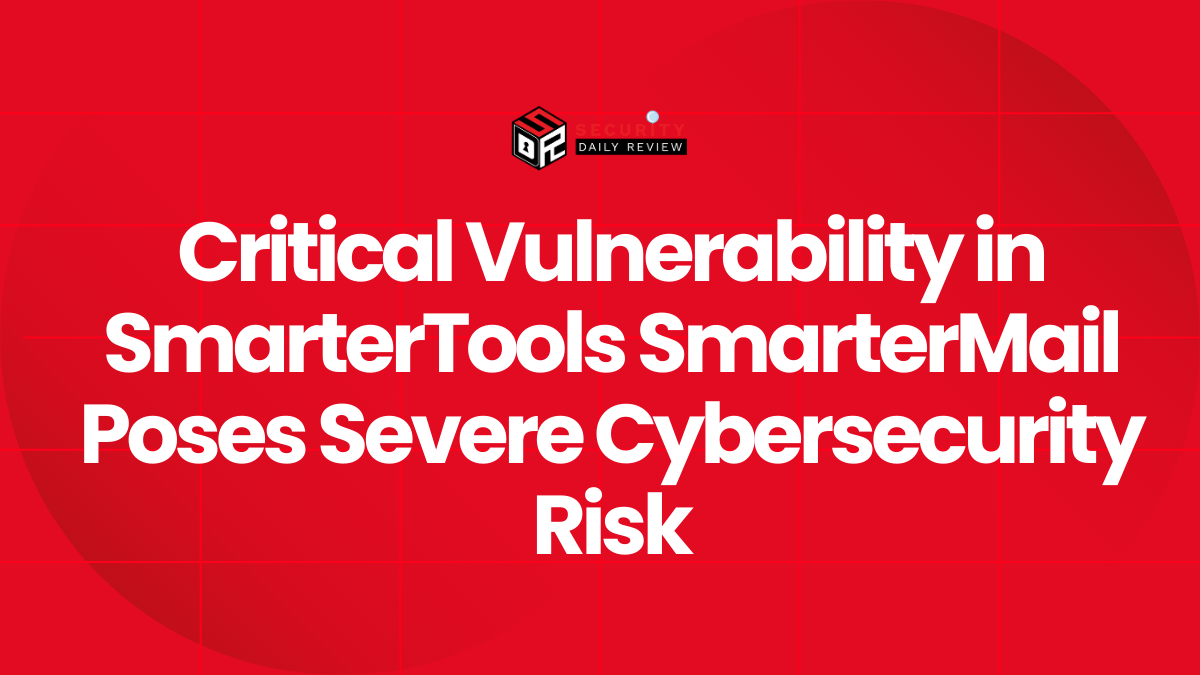A significant data breach at Intesa Sanpaolo, Italy’s largest bank, is under investigation by prosecutors in Bari. The incident, which involved the alleged unauthorized access to customer account data, has raised serious concerns about data security and privacy. This detailed report explores the key aspects of the data breach at Intesa Sanpaolo, providing a comprehensive overview of the events, the bank’s response, and the ongoing investigation.
The Alleged Data Breach at Intesa Sanpaolo: What Happened?
The investigation centers around an Intesa Sanpaolo employee at a branch in Bitonto, near Bari. This employee, working within the bank’s agricultural business unit, allegedly accessed the account data of approximately 3,500 customers between February 2022 and April 2024. The data accessed included sensitive information from current accounts. Remarkably, among the affected customers were high-profile individuals like Italian Prime Minister Giorgia Meloni and her predecessor, Mario Draghi. This highlights the potential severity of the data breach at Intesa Sanpaolo and its implications for both individual customers and public figures.
Was it a System Hack or Internal Malfeasance?
Intesa Sanpaolo has categorically stated that there was no cybersecurity breach involved. The employee in question had the authorization to access the data as part of their role in assessing the creditworthiness of clients within the agricultural sector. Many businesses in this sector are small, often single-person operations, requiring examination of account data for credit assessments. The alleged breach, therefore, stemmed from internal abuse of authorized access rather than an external cyberattack. This distinction is crucial in understanding the nature of the data breach at Intesa Sanpaolo and the necessary preventative measures.
Intesa Sanpaolo’s Internal Data Access Controls: How Did This Happen?
Intesa Sanpaolo’s internal system is designed to detect anomalies in data access patterns. The system monitors account access frequency, flagging instances where a single account is accessed excessively within a given timeframe. However, the system lacks a specific alert threshold based solely on the number of data requests by an authorized employee. This is because employees in certain roles, such as those within the agricultural business unit, routinely perform a high volume of transactions daily.
The rogue employee allegedly accessed the accounts of approximately 3,500 customers around 6,600 times. However, this activity was spread over 500 working days, making it difficult for the anomaly detection system to identify the irregularities. The system, while aimed at protecting client privacy, doesn’t include specific triggers related to “politically exposed persons” (PEPs), a category relevant for anti-money laundering (AML) and transaction monitoring. This oversight in the system’s design contributed to the undetected nature of the data breach at Intesa Sanpaolo for an extended period.
Data Exfiltration and Intesa Sanpaolo’s Response
Internal checks conducted by Intesa Sanpaolo indicate that no data was downloaded or exported from the bank’s systems. Upon discovering the anomaly and confirming the irregularities, the bank initiated a disciplinary process against the employee and launched a comprehensive audit. The employee was suspended and subsequently dismissed for “serious and repeated violations of internal rules, regulations, and procedures.” Intesa Sanpaolo also informed Italy’s data protection authority and filed a complaint with prosecutors. The bank issued a public apology on October 13th, established a dedicated security division, and appointed a recently retired senior police officer to head it. These actions demonstrate Intesa Sanpaolo’s response to the data breach at Intesa Sanpaolo and their commitment to improving security protocols.
The Ongoing Investigation and Legal Ramifications
The Bari prosecutors are actively investigating the alleged data breach at Intesa Sanpaolo. Their investigation was initially triggered by a complaint filed by an Intesa Sanpaolo customer, which was then supplemented by the bank’s own report of the incident. The investigation is ongoing, and the legal ramifications for both the employee and the bank remain to be seen. The scale of the data breach at Intesa Sanpaolo and the involvement of high-profile individuals underscore the seriousness of the situation and the need for thorough investigation.
Lessons Learned from the Intesa Sanpaolo Data Breach
The Intesa Sanpaolo data breach serves as a reminder of the importance of robust data security measures, even within seemingly secure internal systems. While there was no external hacking involved, the incident highlights the critical need for comprehensive monitoring and anomaly detection systems that account for various access patterns and potential abuse of authorized access.
The ongoing investigation will undoubtedly shed further light on the details of the incident and contribute to a better understanding of the vulnerabilities within large financial institutions. The data breach at Intesa Sanpaolo serves as a case study for other organizations to review their own security protocols and identify potential weaknesses.









